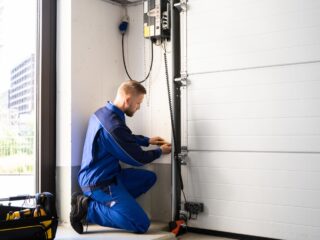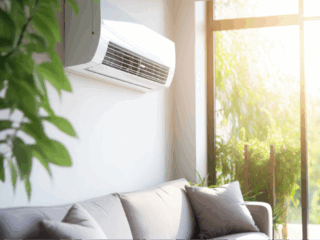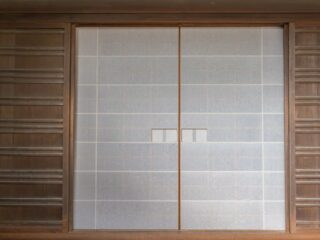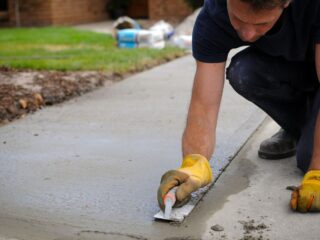
Canadian winters are long, cold, and snowy. Roofs in these conditions bear a lot of weight and face temperature extremes. Not all roofing materials handle those conditions equally. Some minimize risks better, last longer, or reduce energy bills. Here’s a clear breakdown of what’s working best in places like Ontario, Alberta, and Quebec, based on real-world results and newer building practices.
Metal Roofs: Snow Slides Off, Not In
Metal has consistently proven to be one of the most winter-ready choices for Canadian homes. Its slick surface sheds snow automatically, which prevents buildup. This takes the pressure off the structure and reduces the risk of collapse or leaks from melted snow seeping underneath. In areas like Edmonton, where snow can weigh over 40 kilograms per square metre, this difference can matter.
The lifespan of metal roofs ranges from 50 to 70 years. That outlasts asphalt by decades. Some regions also use metal coated with stone granules for added grip, like in Northern Ontario. Roofs like DECRA’s steel panels are designed to handle snow while weighing less than concrete options. Installers often add snow guards in regions with steep pitches to prevent snow from falling off in sudden slides.
Why Roof Choice Can Affect Resale Interest in Cold Regions
Roof material can influence how a home performs in winter, but it can also affect how appealing the home is on the market. In colder parts of Ontario, newer builds equipped with standing seam metal or heat-resistant synthetic shingles often attract more attention. These materials are preferred not only for their snow-handling benefits but also because they reduce long-term maintenance, which can be a selling point for buyers comparing resale listings.
For example, real estate data in cities with heavy snow, such as Sudbury, Thunder Bay, and even Ottawa, often include mentions of upgraded roofing in listings. In fact, high-efficiency roofs appear alongside other features like triple-pane windows and radiant floor heating. Property listings like houses for sale Ottawa frequently highlight steel roofing systems as part of energy-efficient upgrades that appeal to winter-conscious buyers.
Asphalt Shingles Still Used, but Reach Their Limits
Asphalt shingles are still used in most of Canada, especially where budget is a concern. They cost less to install and perform reasonably well if the attic is properly insulated and ventilated. However, they don’t last as long. Standard shingles may only last 15 to 20 years. That lifespan can be shorter with poor maintenance or frequent freeze-thaw cycles.

Impact-resistant versions now available help reduce hail damage, but asphalt needs more upkeep when snow and ice pile up. Improper installations in Toronto have led to insurance claims, especially from ice dams, causing water leaks. Adding a water and ice shield helps, but it increases the price. Even so, it’s not a long-term solution in zones with high snow levels unless reinforced by extra insulation and attic venting.
Slate and Concrete: Strong but Heavy
Some homes, especially older or upscale ones in Quebec, still use slate. Slate lasts a long time—over 100 years in many cases—and it resists fire and moisture well. The problem lies in the weight. Slate and concrete both require stronger trusses to support the load. Installing them properly also takes more time and expertise. That raises the overall cost and makes them rare choices in most provinces.
Newer Options Gaining Ground
A growing number of homes in places like Halifax and Winnipeg are installing shingles made from recycled rubber. These shingles are flexible down to minus 40 degrees Celsius. They also hold up well to hail and sharp temperature changes. Some brands offer warranties up to 50 years, provided they’re installed by trained contractors.
Energy-conscious homes are also starting to see hybrid solutions. In Calgary, builders are pairing metal roofs with spray foam insulation. This combination helps homes preserve heat better. Some of these systems have shown up to 25% less energy use each year compared to homes using older roofing systems with basic asphalt and batt insulation.
Cool Roofing and Ice Dam Concerns
Cool roofs have coatings or colors designed to reflect sunlight. In southern climates, they reduce heat buildup. In Canada, they’re more controversial. Some argue they increase winter heating needs. But snow cover ends up acting as an insulating layer, making the concern less relevant. Testing in Montreal retail stores showed cool roofs still saved money-about $62 per 100 square metres per year—even after small winter heating penalties were considered.
Flat roofs or shallow slopes can be more prone to ice dams. Trapped heat can melt rooftop snow, which then refreezes at the edges and causes leaks. Proper installation with thick insulation (like R-50 levels) and good attic airflow prevent this. Codes in many provinces now require vented roof designs to avoid these problems.
Snow Load, Slope, and Safety
Roof slope changes how snow behaves. Low angles don’t move snow easily, so heaps build up. Snow weighs more than people think. A typical roof might end up holding over 2,700 kilograms if the snow is deep and wet. Gable roofs with moderate slopes (6:12 or steeper) tend to shed snow better.
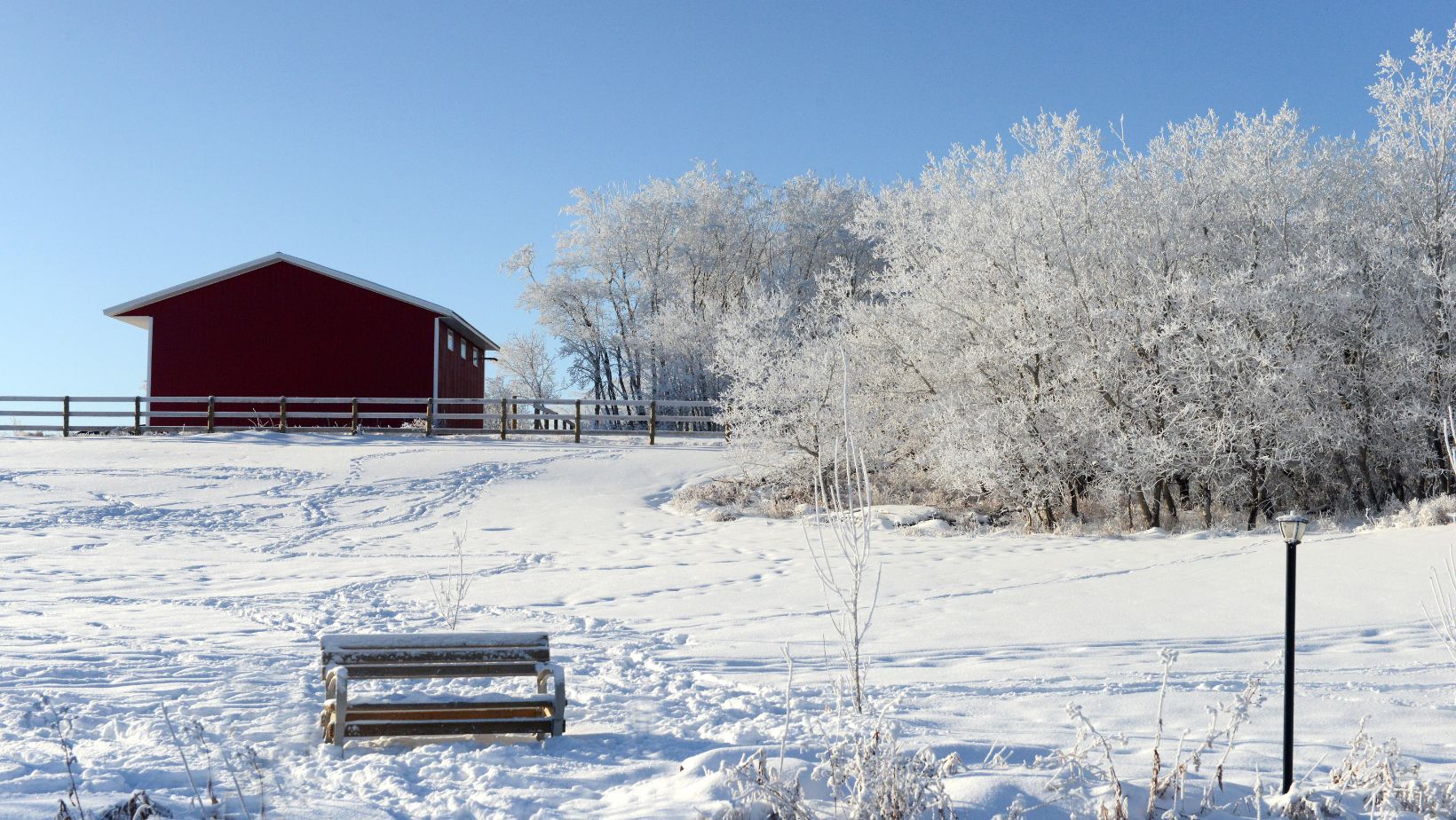
In places like Yukon, where snow can top 600 centimetres over the winter, standing seam metal has been shown to clear snow nearly three times faster than asphalt. This helps reduce maintenance and lowers the chances of weight-related damage. Nova Scotia’s building code now requires snow guards on steep metal roofs due to past accidents from sudden snow slides.
Energy-Efficient Alternatives
Synthetic roofing materials like polymer shingles offer a mix of insulation, lifespan, and design. These materials resist strong wind and fire. In British Columbia towns near the coast, demand for them is rising in areas needing building materials that can take storms and heavy rains. Some versions mimic cedar but absorb more heat, which can make energy use spike in warmer months.
Solar-integrated metal shingles are newer but already in use in pilot projects in Saskatchewan. These combine a rooftop surface with solar panels built in. Efficiency levels sit around 15%. For now, the cost is high. Expect to pay around triple what you would for a traditional metal roof with no power output.
Vegetated roofs on condominiums in Toronto are another growing trend. They reduce runoff during winter thaws, hold heat better, and perform well—even in −30 degrees—if built with hardy sedum and deeper soil beds. But the added weight and maintenance make them rare outside of urban new builds.
Costs, Repairs, and Value Over Time
Initial costs vary. Standard asphalt remains the cheapest material upfront. It also has the highest repair rate. A study in Ontario looked at over 1,000 homes and found that asphalt roofs averaged 1.7 repairs per year. Metal came in at 0.2 repairs on average. Insurance premiums were also lower for homes with metal, with some providers offering up to 12% discounts.
Rubber and composite options sit between asphalt and metal in total cost. Many are made from recycled materials. Over half a century, the environmental impact is lower than asphalt. Metal roofs, with high recyclability and low replacement frequency, also perform better than fiberglass or concrete in long-term terms of carbon use.
Metal roofing ranks high for winter performance thanks to its ability to shed snow, last longer, and lower maintenance. In cities where homebuyers factor winter weather into resale decisions, good roofing choices directly affect home values. New materials like rubber shingles and integrated solar tiles are becoming more common in cold-weather regions where efficiency, durability, and savings matter.

